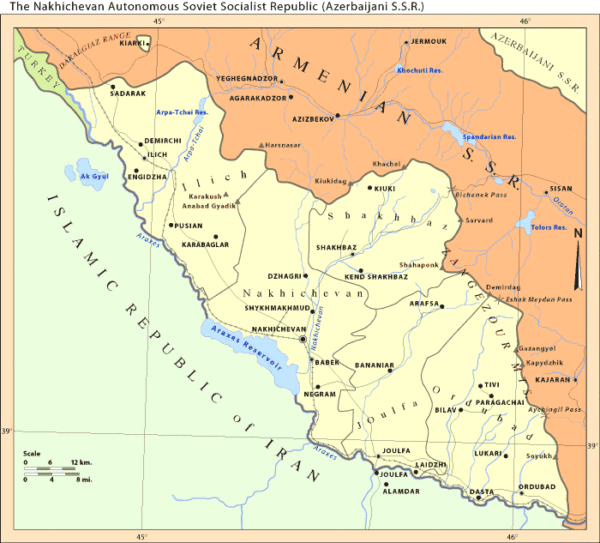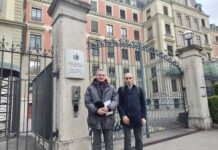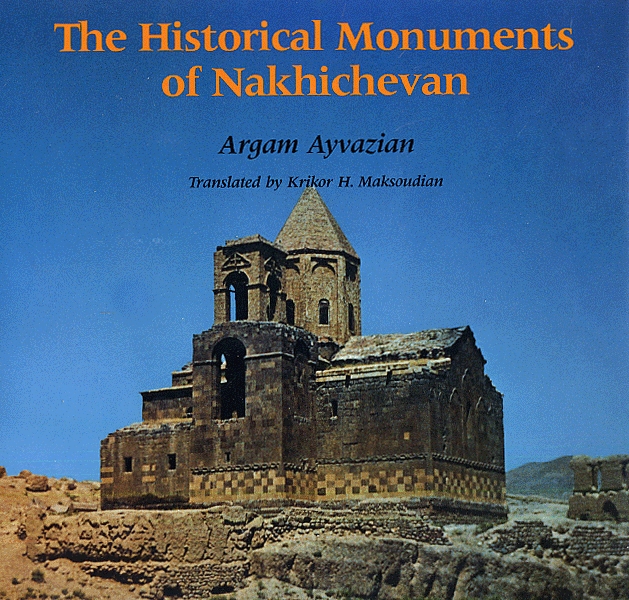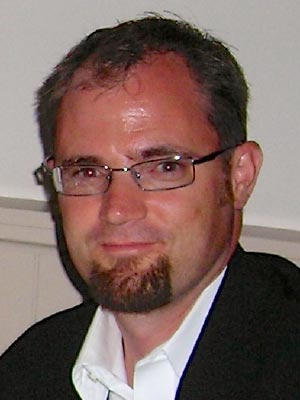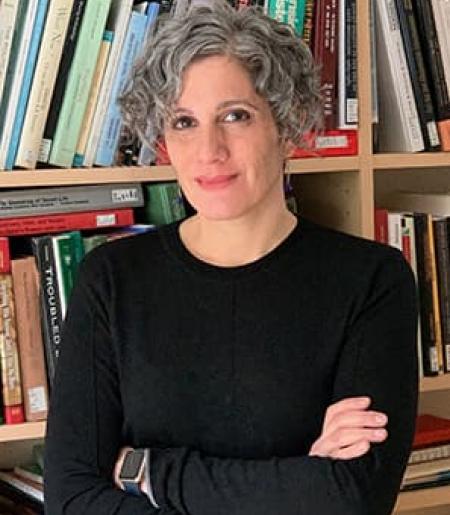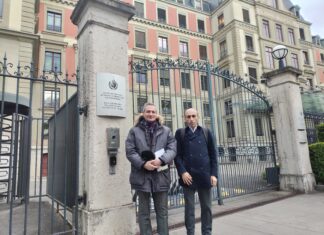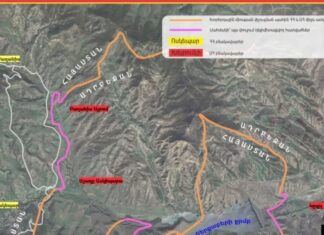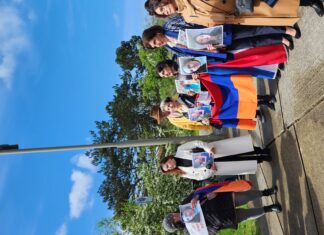ITHACA, N.Y. — Given the increasing danger of the Azerbaijani government’s aggressive actions toward Karabakh and Armenia, and the penchant for falsifying history at the highest state levels of the Republics of Turkey and Azerbaijan, concerns have been raised in many quarters about the fate of Armenian cultural monuments that fall into Azerbaijani-held territory.
The threat of “cultural genocide,” in the Caucasus or as it is less-controversially termed, cultural destruction and cultural erasure, is the purview of the Caucasus Heritage Watch, a research initiative led by archaeologists at Cornell and Purdue universities.
Caucasus Heritage Watch (CHW) issued a new report on September 12, detailing the wholesale destruction of Armenian heritage monuments in the Nakhchivan (more commonly known as Nakhichevan/Nakhijevan in Armenian) region of Azerbaijan during the past 25 years.
The results of the report are no surprise to anyone knowledgeable of the Azeri-Armenian conflict, but had yet to be thoroughly documented in a scientific and clear way.
Simultaneously, other developments in the region over the past year, and the Azerbaijani assault on Armenia on the very same day that the report was released, gave the Mirror-Spectator good reason to check in with archaeologist Dr. Adam Smith of Cornell, one of the primary members of the CHW team, who graciously answered our questions on the organization’s recent work.
Documenting Prior Cultural Erasure





